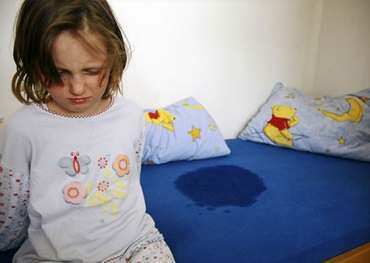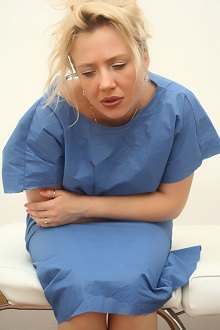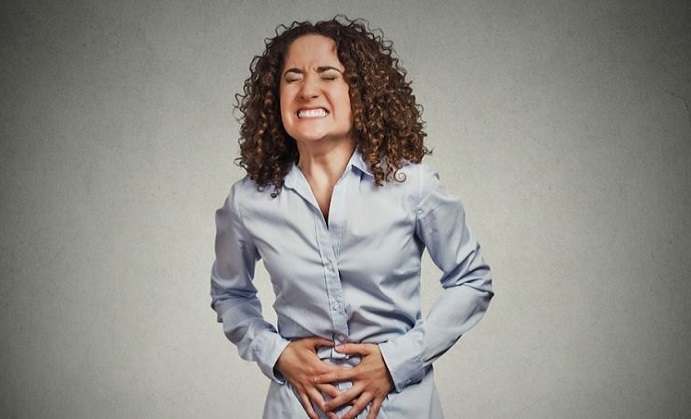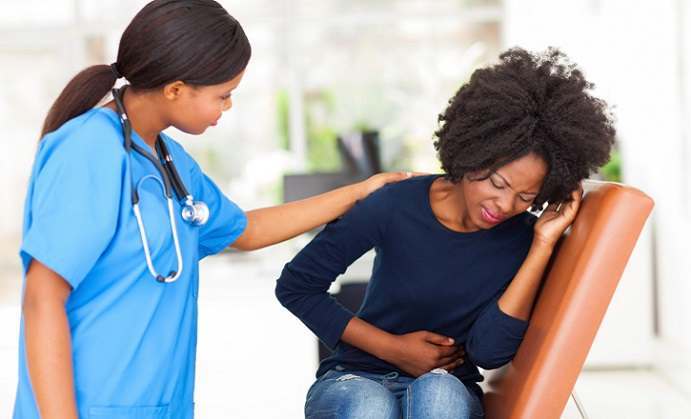Overactive bladder (OAB), also known as overactive bladder syndrome, is a condition where there is a frequent feeling of needing to urinate to a degree that it negatively affects a person’s life. The frequent need to urinate may occur during the day, at night, or both. Risk factors include obesity, caffeine, and constipation. Poorly controlled diabetes, poor functional mobility, and chronic pelvic pain may worsen the symptoms. People often have the symptoms for a long time before seeking treatment and the condition is sometimes identified by caregivers. Diagnosis is based on a person’s signs and symptoms and requires other problems such as urinary tract infections or neurological conditions to be excluded. The amount of urine passed during each urination is relatively small. Pain while urinating suggests that there is a problem other than overactive bladder. Specific treatment is not always required. If treatment is desired pelvic floor exercises, bladder training, and other behavioral methods are initially recommended. Weight loss in those who are overweight, decreasing caffeine consumption, and drinking moderate fluids, can also have benefits. Medications, typically of the anti-muscarinic type, are only recommended if other measures are not effective. They are no more effective than behavioral methods; however, they are associated with side effects, particularly in older people.
 Urinary incontinence also known as involuntary urination is any leakage of urine. It is a common and distressing problem, which may have a large impact on quality of life. Urinary incontinence is often a result of an underlying medical condition but is under-reported to medical practitioners. Enuresis is often used to refer to urinary incontinence primarily in children, such as nocturnal enuresis (bed wetting).
Urinary incontinence also known as involuntary urination is any leakage of urine. It is a common and distressing problem, which may have a large impact on quality of life. Urinary incontinence is often a result of an underlying medical condition but is under-reported to medical practitioners. Enuresis is often used to refer to urinary incontinence primarily in children, such as nocturnal enuresis (bed wetting).
There are four main types of incontinence:
- Urge incontinence due to an overactive bladder
- Stress incontinence due to poor closure of the bladder
- Overflow incontinence due to either poor bladder contraction or blockage of the urethra
- Functional incontinence due to medications or health problems making it difficult to reach the bathroom
Treatments include pelvic floor muscle training, bladder training, and electrical stimulation. The benefit of medications is small and long term safety is unclear.
UTI or Urinary Tract Infection occurs when bacteria gets into your urine and travels up to your bladder. UTIs cause more than 8.1 million visits to health care providers each year. About 10 in 25 women and 3 in 25 men will have symptoms of at least 1 UTI during their lifetime.
To identify a UTI, keep an eye out for the following symptoms:
- A burning feeling when you urinate
- A frequent or intense urge to urinate, even though little comes out when you do
- Pain or pressure in your back or lower abdomen
- Cloudy, dark, bloody, or strange-smelling urine
- Feeling tired or shaky
- Fever or chills (a sign the infection may have reached your kidneys)
If you suspect you have a urinary tract infection, head to the doctor. You’ll be asked to give a urine sample, which will be tested for the presence of UTI-causing bacteria. Antibiotics are given to treat the infection. Be sure to finish off the prescribed cycle of medicine completely, even after you start to feel better. And drink lots of water to help flush the bacteria from your system. Your doctor may prescribe a medication to soothe the pain, and a heating pad may also be helpful.











